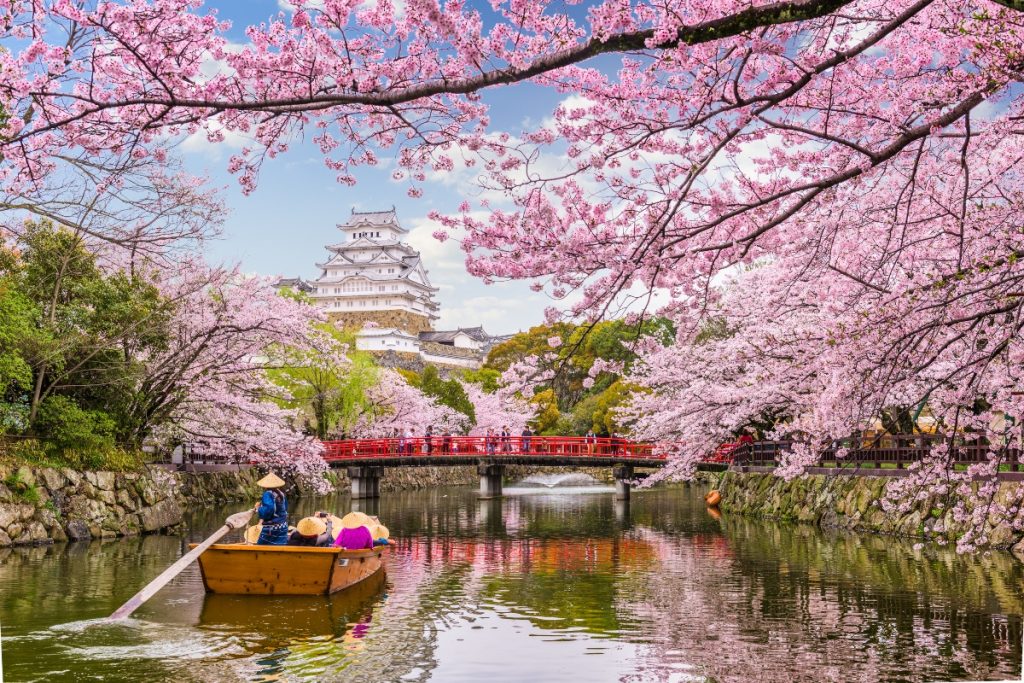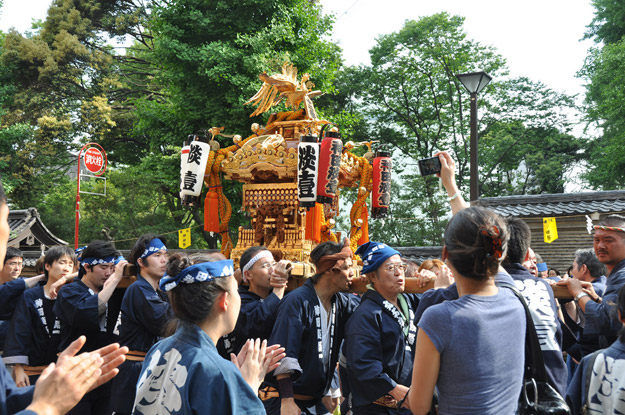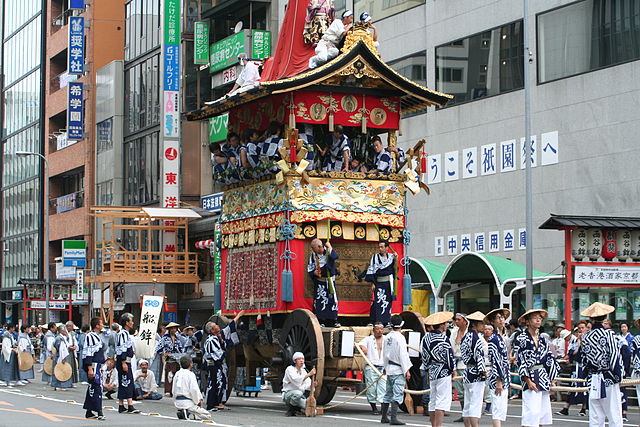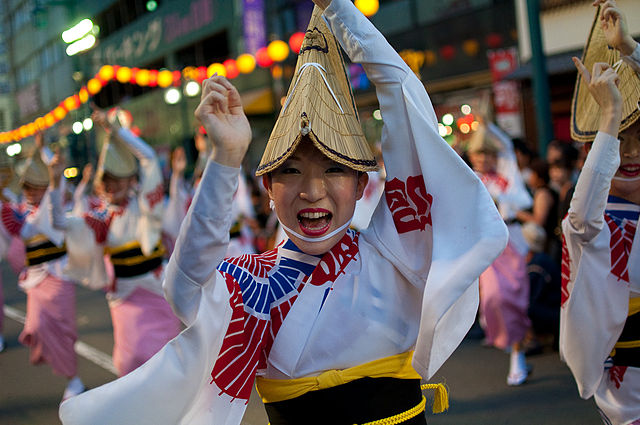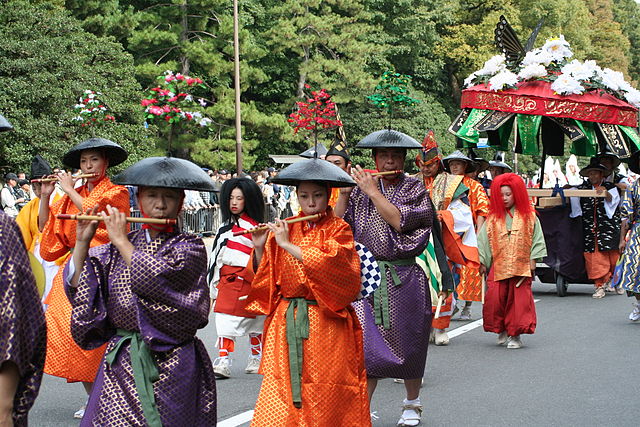If you are heading to Japan you are in for a treat. The festivals (‘matsuri’ in Japanese) and celebrations in Japan are some of the most magnificent in the world and offer an experience of culture and history that is not to be missed.
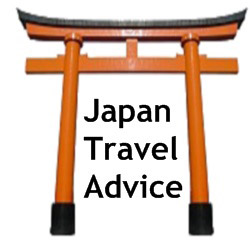 John Asano from Japan Travel Advice explains the diversity of the festivals in Japan and how they bring the community, tourists and travellers together:
John Asano from Japan Travel Advice explains the diversity of the festivals in Japan and how they bring the community, tourists and travellers together:
“Japan has thousands of traditional and unique festivals with many having a long history of over 1,000 years. Japanese festivals are powerful, energetic, exciting and full of local traditions and customs making them one of the best ways to experience Japanese culture first-hand.”
Here we round up the best festivals and celebrations in Japan.
Sapporo Ice and Snow Festival – February
Situated in Hokkaido’s capital, Sapporo, the Sapporo Snow Festival is a huge attraction for everyone. Ice sculptures tower above the spectators below, with some measuring 15 metres in height! The festival is held for one week over February and one of Japan’s most popular winter events, showcasing skilled artistry and attracting two million people from around the world. The sculptures are lit up with colourful lighting in the evening, making the day and night experience feel very different.
Since its establishment in 1950, when students would make simple snowmen and statues in the neighbouring Odori Park where the main event is now held, Sapporo Snow Festival has become a huge event and covers a further two sites. The Tsudome Site provides entertainment in the form of three snow rafting and snow slides. The Susukino Site exhibits up to 100 other ice sculptures, adding further magnificence to the event.
Omizutori – March
Omizutori is the name for the series of events that are held at the Todaiji Temple, one of Japan’s most famous temples located in Nara in the south of the country, that celebrate a collection of Buddhist repentance rituals. It is one of the most visually entertaining festivals of the year. Each evening between 1st March and 14th March giant flamed torches are taken up to the top of the temple and are hung over the crowd below, who can watch the sparks and embers fall like fireworks.
In the dark of night it is an incredible sight to see and is also a great opportunity to experience Buddhist festivals and celebrations in Japan.
Hanami – March/April
Hanami, which literally translates to ‘flower viewing’ in Japan, is a Japanese tradition of celebrating the beauty of Japanese flowers, the most popular being the cherry blossom tree. Cherry blossom trees are grown all over Japan, admired by locals, tourists and people all over the world. In the larger cities of Tokyo, Osaka and Kyoto, the cherry blossom festival is held around the end of March and the beginning of April.
Thousands of people flock to public spaces such as parks to admire the true beauty of the cherry blossom tree, holding feasts and picnic underneath the pink flowered trees. The celebrations normally involve eating, drinking, playing and listening to music.
Go 4 Travel Blog explains:
“Each year the Cherry Blossom Festival in Japan commemorates the friendship between the United States and Japan since 1912 when 3,000 Cherry Blossom trees were presented by Mayor Yukio Ozaki of Tokyo to the city of Washington, D.C. The festival as seen today started in 1927 and now welcomes more than 1.5 million people.”
Kanda Matsuri – May
Located in central Tokyo, Kanda Matsuri is ranked amongst the top three festivals and celebrations in Japan. The colourful and vibrant procession consisting of 100 portable shrines and 300 people makes its way through the streets of the capital on the Saturday and Sunday that is closest to 15th May.
The procession is the highlight and is held on the Saturday. The procession marches through the districts of Kanda, Otemachi, Nihombashi, Marunouchi and the surrounding area with beautifully decorated shrines and floats, covering the capital with remarkable energy and positivity.
Known as Edokkos in the Edo Period of Japan (1603-1867), the people who take part in the ceremony today still embody the characteristics of their ancestors who were full of life and spirit. As for this, Kanda Matsuri is a festival rich in colour and history.
Tenjin Matsuri – July
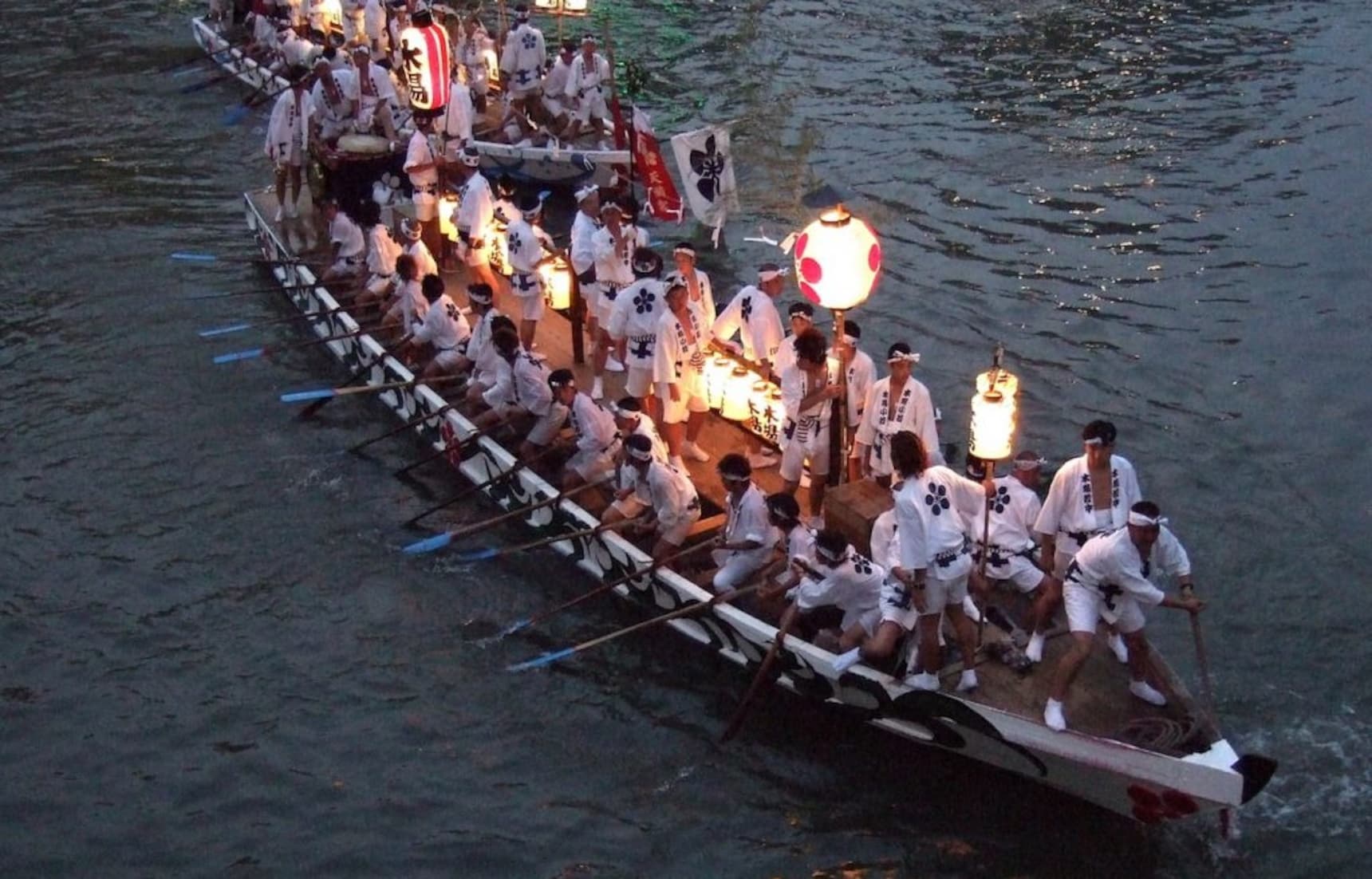
Artistic and visually spectacular, the Tenjin Matsuri has been named the world’s greatest boat festival dedicated to the patron god of learning and art, Sugawara-no-Michizane. Held in Osaka on 24th and 25th July, the days of the summer festival are filled with traditional Japanese art and dance, with the native people performing in full dress to Kagura music, which is the music used when celebrating the Shinto gods.
The main celebration takes place on the second day of the festival, an impressive procession of 3,000 people dressed in traditional 8th-12th century Japanese costume. A magnificent fireworks display takes place at dusk on the nearby riverbank.
If you have ever wanted to step back in time on your Japan tour, then the Tenjin Matsuri is the place to go.
Gion Matsuri – July
Known for being a month-long celebration, Gion Matsuri is one of the most famous festivals in Japan. Situated in the main city of Kyoto, for three nights of the month the downtown public roads are closed off for pedestrians before the penultimate parade. Lanterns illuminate the night sky and the streets are lined with food stalls and people selling Japanese sweets.
It is also a time where young female adults and women dress up in traditional summer kimonos, along with paper fans and purses.
The festival originates from the time of the purification of the gods, who were thought to cause floods, fire and earthquakes to the region. However, over time, the influential merchant class have made the festival what it is today, an upbeat, elaborate celebration to highlight their wealth.
Awa Odori Matsuri – August
If you want to delve into true Japanese spirit, then watching the performers through the streets of Shikoku in Japan is a must. Awa Odori has been named the largest dance festival in Japan and attracts more than 1 million tourists and visitors every year between the 12th and 15th August.
The celebration itself grew from the tradition of the Bon Odori, a Japanese Buddhist celebration where the spirits of ancestors were said to visit their living relatives for several days of the year.
Dancers and musicians known as ren in Japanese wear traditional obon dance costumes and bring the streets alive with their routines and with traditional drums, flutes and bells being played. There is a specific song that is associated with the Awa Odori Matsuri called Awa Yoshikono, with parts of it being chanted and others being sung throughout the parade.
Other festivals that John recommends are the Kishiwada Danjiri Matsuri in Osaka, Sanja Matsuri in the Asakusa District, Takayama Festival in Gifu and the Kanto Matsuri in Akita.
Jidai Matsuri – October
The Jidai Matsuri is the perfect festival for those who want to see the development of Japan’s history over the centuries. Women, men and children make their way through the streets of Kyoto displaying a chronological procession of the costumes that have influenced Japan’s culture.
Annually held on 22nd October, Jidai Matsuri began in 1895 to commemorate the 1100th anniversary of Kyoto being named capital in 794. Thousands of people line the streets from the Kyoto Imperial Garden to Kyoto Prefecture, extending for 1.2 miles with the drum corps accompanying them to make a glorious, colourful spectacle.
Our most extensive tour of Japan includes all the classic sights and key cultural activities. Featuring modern cities, historical sights and beautiful landscapes, Japan Uncovered ensures you get the most out of your trip to this fascinating land.
Image Credit: Ignis, Vickerman625, Marufish, Midori, Corpse Reviver, Stemu2000, Corpse Reviver

